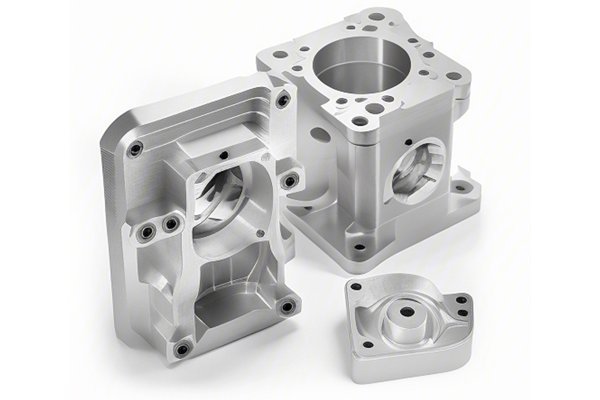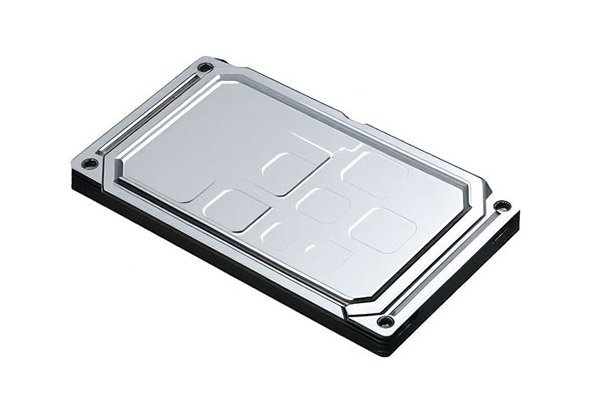Opening:
Did you know that stainless steel, specifically the 310S grade, is considered one of the most versatile materials in industrial applications? With an excellent combination of high-temperature resistance, superior weldability, and exceptional corrosion resistance, 310S stainless steel is rapidly becoming the go-to choice for specific sectors. This blog will delve deep into the industrial applications that harness the unique properties of 310S stainless steel through CNC machining and explore how proper techniques can enhance manufacturing efficiency and product quality.
—
to 310S Stainless Steel
310S stainless steel is an austenitic type of stainless steel known for its remarkable heat resistance and corrosion resistance. Composed primarily of chromium and nickel, this alloy exhibits outstanding durability in high-temperature environments. Unlike regular stainless steels, 310S is specifically engineered to withstand elevated temperatures, making it an ideal candidate for various demanding applications.
Properties of 310S Stainless Steel
Before we dive into the industrial applications, let’s consider the key properties that make 310S stainless steel suitable for CNC machining and various industrial applications:
—
Industrial Applications of 310S Stainless Steel CNC Machining
The aerospace sector demands materials that can handle extreme conditions. 310S stainless steel’s temperature resistance makes it suitable for components such as jet engine parts, exhaust systems, and heat shields. CNC machining enables precise linings and specific features, ensuring that these components meet safety and efficiency standards.
Chemical processing plants often expose materials to harsh chemicals and temperatures. 310S is preferably used for storage tanks, pipelines, and reactors due to its excellent corrosion resistance. By employing CNC machining techniques, manufacturers can create complex geometries, enhancing the performance and reliability of these components.
Components used in oil and gas extraction, such as valves, pumps, and high-pressure vessels, need to withstand corrosive environments. Due to its durability and resistance to sulfur compounds, 310S stainless steel is commonly employed. CNC machining allows for the precise fabrication of these parts to exact specifications, which is critical for safety in high-pressure applications.
In industries dealing with heat transfer processes, such as power generation and manufacturing, heat exchangers are crucial. 310S stainless steel’s ability to withstand high temperatures and prevent corrosion makes it an excellent material choice. CNC machining can produce intricate designs necessary for maximizing efficiency in heat exchangers.

From nuclear power plants to conventional power stations, 310S stainless steel is often used in critical components like turbine casings and boiler tubes. CNC machining ensures the accuracy needed to handle demanding thermal and mechanical stresses while maintaining safety standards.
Cleanliness and resistance to corrosion are paramount in pharmaceutical applications. 310S stainless steel offers both, making it ideal for equipment used in processing and manufacturing pharmaceuticals. CNC machining can achieve the surface finish required to prevent contamination, ensuring product safety and compliance with industry regulations.
The marine environment is notorious for its corrosive nature. 310S stainless steel is frequently used in building components such as ship hulls, offshore platforms, and marine fittings. CNC machining creates parts that can withstand saltwater exposure while maintaining structural integrity.
While less common, 310S stainless steel can be used in food processing equipment, especially where high heat treatments are involved. Its non-reactive nature ensures that food quality is preserved. CNC machining aids in crafting smooth surfaces that are easier to clean and maintain hygiene standards.
—
CNC Machining Techniques for 310S Stainless Steel
To effectively harness the benefits of 310S stainless steel in manufacturing, several CNC machining methods can be employed:
—
In summary, 310S stainless steel poses a host of advantages for a variety of industrial applications, notably in sectors that require high-temperature and corrosion-resistant materials. Through the use of advanced CNC machining techniques, manufacturers can create components that are precise, reliable, and efficient.
Understanding the properties of 310S stainless steel and the processes involved in CNC machining can significantly impact production quality and efficiency in industries ranging from aerospace to food processing. As manufacturing technologies continue to evolve, the significance of reliable materials like 310S stainless steel will only grow, reminding us of its indispensable role in modern manufacturing.
If you’re involved in the industry, considering the benefits of 310S stainless steel and CNC machining could be the key to optimizing your production capabilities. Your feedback and thoughts on this blog are welcomed, as they could lead to further exploration of this critical topic.






